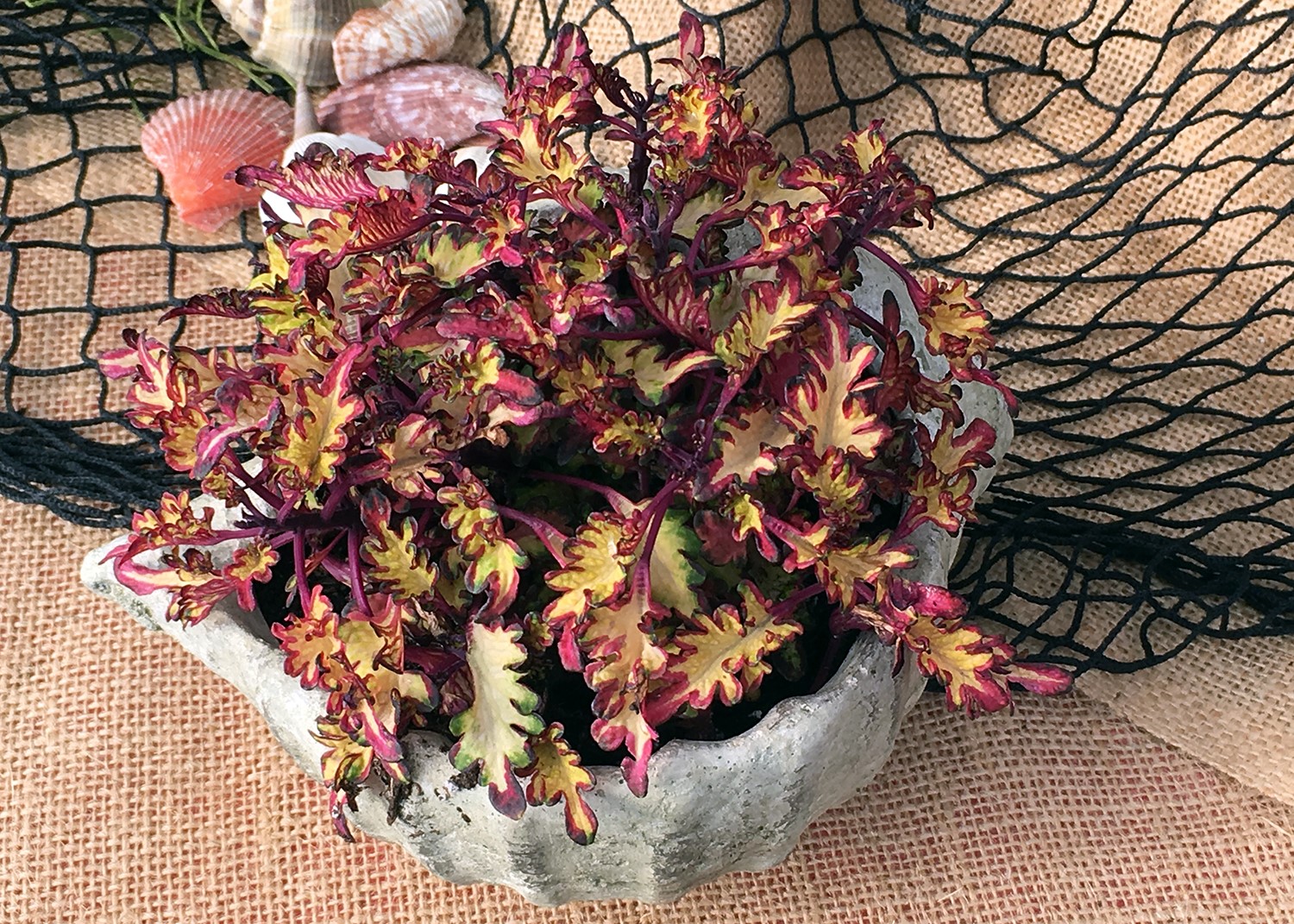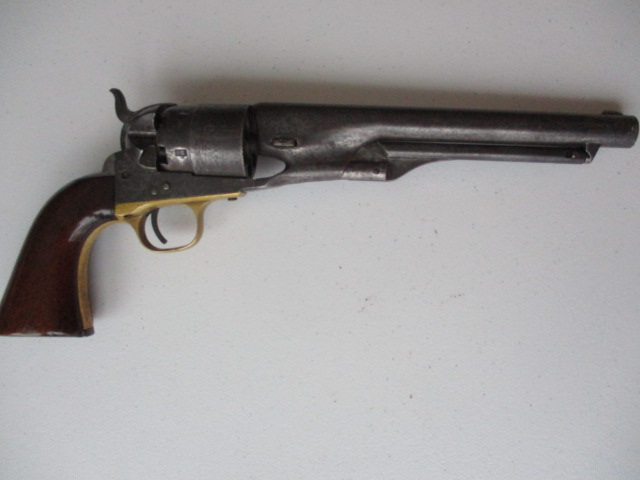
Gardening
Select a Quality Potting Mix for Gardening Success

photo credit: Melinda Myers, LLC
Improve your indoor and outdoor container gardening success with a quality potting mix. This can be more difficult than it sounds since you can’t see or feel the product you are about to buy. Ask your gardening friends for recommendations and once at the garden center, check the package, and compare label information before making a purchase.
You’ll find a variety of bags labeled as planting mix, potting mix, container mix and more. Check the label to see what the bag contains and recommendations for its use. Look for mixes, we’ll refer to as potting mixes, blended for growing indoor, ornamental and edible plants in containers. They are a mix of organic and inorganic materials that retain moisture while draining well. Some mixes include sand and mineral soil while many are labeled as “soilless.” These lightweight mixes consist of peat moss, sphagnum moss and compost for moisture retention, vermiculite or perlite for drainage but do not contain mineral soils such as sand or clay.
Potting mixes may be modified to accommodate the needs of certain plants. Orchid mixes often contain more bark for better aeration, cacti and succulent mixes have more sand or perlite for better drainage and African violet potting mix contains more organic matter to create a moist, rich growing medium.
Organic potting mixes are also available if you prefer to know the ingredients are free of pesticides and other contaminants. Check for the word organic and OMRI listed on the bag.
Potting mixes may or may not be sterilized to kill weed seeds and pests. If it doesn’t say sterilized, it probably isn’t.
As you narrow down your choices, continue checking the label for more details. Potting mixes often contain a “starter charge” of fertilizer. This minimal amount of fertilizer is usually gone after two or three waterings. Some include additional fertilizer that provides small amounts of nutrients over a longer period of time. The label may say controlled-release, time-release or slow release fertilizer, providing nutrients for the allotment of time specified.
Natural or synthetic wetting agents are often included to reduce the surface tension of water, so it’s better able to penetrate and evenly moisten the potting mix. Organic mixes often use yucca extract as a wetting agent.
Potting mixes should be light, fluffy and moist. Avoid bags that are waterlogged and heavy. The mix can break down, become compacted and some of the slow release fertilizer may be pre-released and damage young seedlings when saturated with water.
Moisten the potting mix with warm water before potting your plants. This helps ensure even moisture throughout. If the potting mix becomes overly dry, you may need to do a bit more work to rewet all the mix in the container. Set the pot in a container of warm water and wait for the potting mix to rehydrate. Or water thoroughly, wait 20 minutes and water again. Repeat until you achieve success.
Take the time to do a bit of research before buying your next bag of potting mix. Your efforts will be rewarded with healthy plants, beautiful blooms and a bountiful harvest from your indoor and outdoor potted plants.
Melinda Myers has written numerous books, including Small Space Gardening. She hosts The Great Courses “How to Grow Anything” DVD series and the nationally-syndicated Melinda’s Garden Moment TV & radio program. Myers is a columnist and contributing editor for Birds & Blooms magazine and her web site is www.MelindaMyers.com.
Antiques
Antique Firearms

Colt revolver, September 10, 1850
Firearms manufactured prior to 1899 are considered antiques. As with most other antiques, there are many collectors specializing in antique guns.
The first recorded use of a firearm dates back to 1364 according to PBS “History Detective’s” website. By 1380 handguns were “known across Europe.” During the 1400’s matchlock guns came into use. They “were fired by holding a burning wick to a "touch hole" in the barrel igniting the powder inside.” The principal of rifling was discovered in 1498. In 1509 the wheel lock or rose lock was invented. A spark was generated mechanically, and a wick no longer was needed for ignition. In 1540 more accurate rifles began being produced using the rifling that was discovered in 1498. “The first true flintlock” was made in 1630. According to PBS, a lid was added to firearms’ flash pans. The lid had to be moved manually until the flintlock was created to “push back the lid and spark a flint at the same time.” Proof marks were first used in 1637. From 1750 to 1850 dueling pistols were used. In 1777 a standard was even created for dueling pistols. They called for "a 9 or 10 inch barreled, smooth bore flintlock of 1 inch bore, carrying a ball of 48 to the pound." In 1807 the percussion-detonating principal was patented. By 1825 percussion cap guns were in general use. The back action lock appeared in 1830. The first Colt revolver was produced in 1835. According to “History Detectives” “Samuel Colt developed the first mass-produced, multi-shot, revolving firearms.” In 1840 pin-fire cartridges were developed. “True shotguns” came into common use in 1850 according to PBS. The first full rim-fire cartridge was introduced in 1859. Breech loading guns came into common use in 1861. In 1873 Winchester began mass producing affordable rifles. 1877 saw the first effective double-action revolver. Firearm innovations continued through the 1900’s and still continue today.
Antique guns often bring some great auction results. We sold a Colt revolver several years ago that brought $2,000. Many of the most valuable guns that have sold at auction have a connection to someone famous. Some were valuable because of their rarity alone though. For example, one of the first repeating revolvers by Samuel Colt sold for $977,500 according to Money Magazine’s “The 10 Most Expensive Guns Ever Sold at Auction” list. A gold inlaid pocket revolver from 1849 went for $1.1 million. WQAD of Moline, IL reported that a record was set when a rare “Walker” Colt revolver was auctioned for $1.84 million. One set of guns with historical ties that brought six figure sums at auction were Simon Bolivar’s (South American instrumental in revolutions against the Spanish Empire) flintlock pistols which sold for $1.68 million. George Washington’s saddle pistols hit the mark when they sold for a little under $2 million at auction.
We have another colt revolver, a Kentucky long rifle and other antique firearms in our January 30th auction. My “Evaluating your antiques” class will be held on March 3rd at the Bay Path Adult Education Evening School in Charlton. Other events are being scheduled. Please see www.centralmassauctions.com for details on these and other events.
Contact us at: Wayne Tuiskula Auctioneer/Appraiser Central Mass Auctions for Antique Auctions, Estate Sales and Appraisal Services www.centralmassauctions.com (508-612- 6111) info@centralmassauctions.com